plant trying to make a vine
saldut
12 years ago
Related Stories
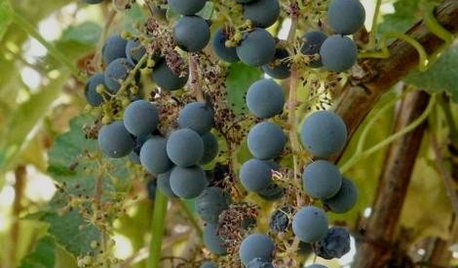
GARDENING GUIDESGreat Design Plant: Try California Wild Grape for Interest All Year
Sure, it’s stunning in fall. But the spring buds, summer grapes and gnarled winter vines are gorgeous too
Full Story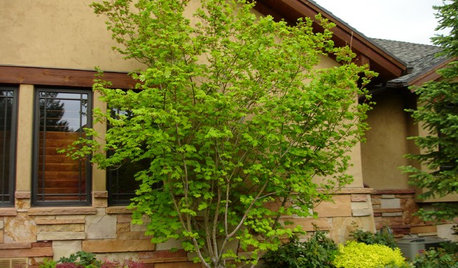
LANDSCAPE DESIGNGreat Design Plant: Vine Maple
Exciting year-round color and adaptability make this highly ornamental native small tree a top choice for home gardens
Full Story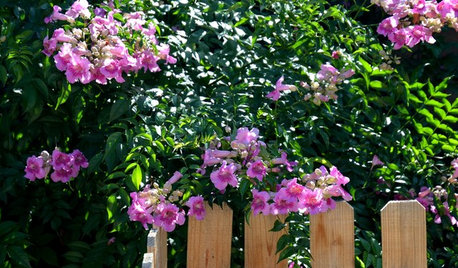
PINK FLOWERSGreat Design Plant: Pink Trumpet Vine Heralds Vibrant Color
Announce your landscape beautification efforts with this flowering vine that perks up hot, dry gardens
Full Story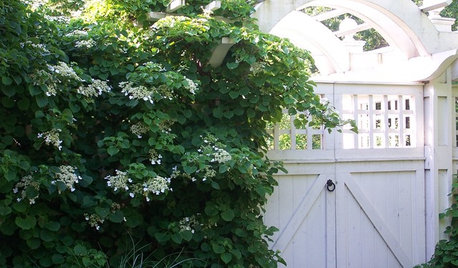
FALL GARDENING6 Deer-Resistant Flowering Vines to Plant This Fall
Have a major deer problem? Here are some of the only vines that have a chance of not being eaten
Full Story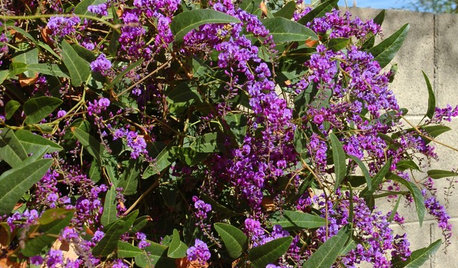
GARDENING GUIDESGreat Design Plant: Lilac Vine for a Purple Profusion in Winter
Grow this pretty, hardy vine on a fence or as a ground cover for blooms throughout the colder months
Full Story
GARDENING FOR BUTTERFLIES3 Ways Native Plants Make Gardening So Much Better
You probably know about the lower maintenance. But native plants' other benefits go far beyond a little less watering and weeding
Full Story
GARDENING GUIDESMake Sure You Read This Before Buying New Plants
Follow these 10 plant-selection tips to avoid buyer’s remorse
Full Story
LANDSCAPE DESIGNMake Your Roses Even More Beautiful With These Companion Plants
Nourish your rosebushes and create a visual feast with these 7 classic and unexpected plant pairings
Full Story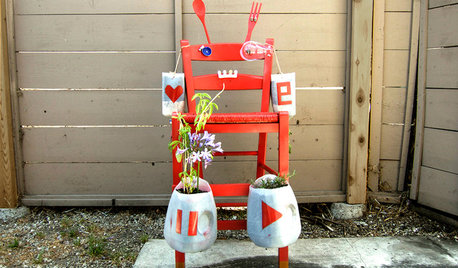
DIY PROJECTSMake a Fun Robot Plant Holder for Kids
Introduce your children to the wonders of gardening by appealing to their love of robots
Full Story
FOLIAGEGreat Design Plant: Ornamental Sweet Potato Vine
Versatile, fast growing, inexpensive and easy on the eyes, ornamental sweet potato vine has it all
Full Story

petiolaris
saldutOriginal Author
Related Professionals
Derry Landscape Architects & Landscape Designers · Clemson Landscape Architects & Landscape Designers · Folsom Landscape Architects & Landscape Designers · Zion Landscape Architects & Landscape Designers · Duarte Landscape Contractors · Harrisburg Landscape Contractors · Hayward Landscape Contractors · Kailua Landscape Contractors · Ronkonkoma Landscape Contractors · Stony Brook Landscape Contractors · Weymouth Landscape Contractors · Glenvar Heights Swimming Pool Builders · Lisle Swimming Pool Builders · San Antonio Swimming Pool Builders · Summerlin South Swimming Pool Buildersjmoore3274
Hegory
RainforestGuy
Hegory
Hegory
RainforestGuy
Hegory
saldutOriginal Author
RainforestGuy
RainforestGuy